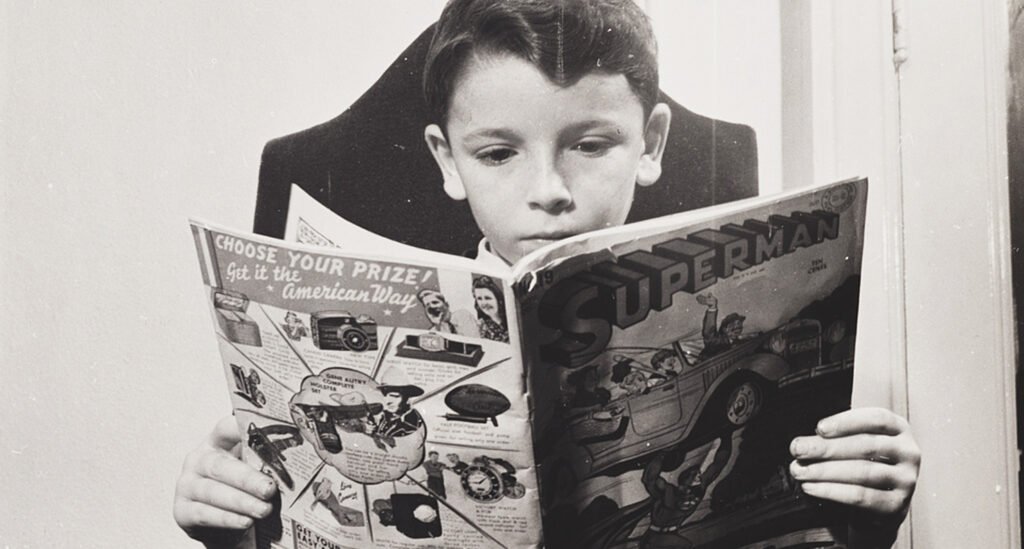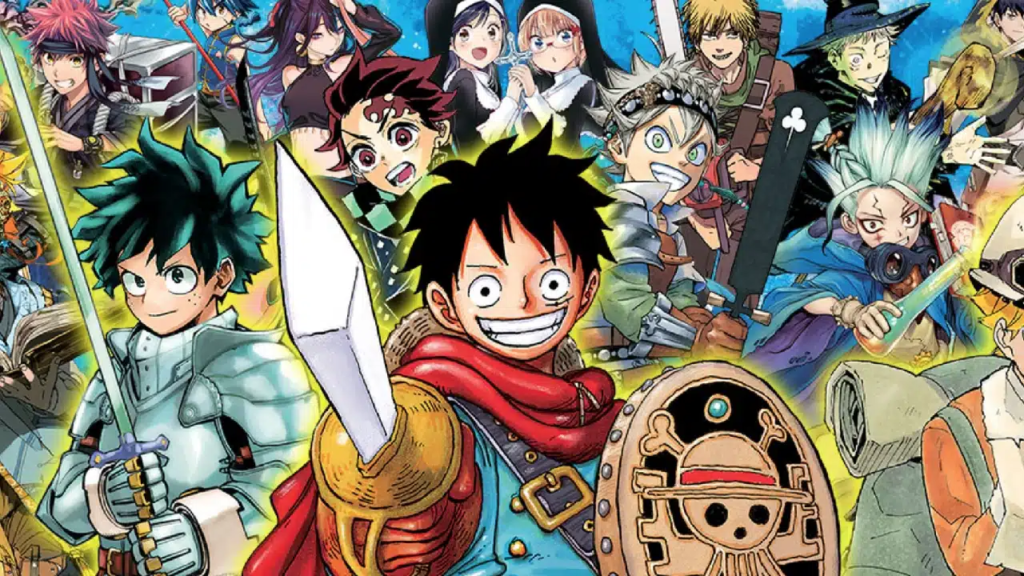1. The Timeless Appeal of Comics for Children
Why Children Love Comics

Comics captivate children with their unique blend of visual art and storytelling. The vibrant illustrations and engaging narratives cater to their vivid imaginations and often provide a much-needed escape from reality. Comics books also introduce complex concepts in a simplified and approachable manner, making them ideal for young readers who are still developing their reading skills.
Historical Significance of Children's Comics

Children’s comics have a rich history that dates back to the early 20th century. They started as newspaper strips and evolved into full-length comic books. Classics like “Little Nemo in Slumberland” and “The Adventures of Tintin” have laid the groundwork for the genre, influencing countless subsequent works.
The Evolution of Children's Comics Over Time

Children’s comics have undergone significant changes over the decades. From simple black-and-white strips to colorful, intricate graphic novels, the medium has expanded to include diverse themes and genres, catering to a wide range of interests and age groups.
2. Classic Children's Comics

Tintin: Adventures Across the Globe
“The Adventures of Tintin,” created by Hergé, follows the intrepid reporter Tintin and his loyal dog, Snowy, as they embark on globe-trotting adventures. With its engaging plots and detailed illustrations, Tintin has remained a favorite for generations, captivating readers with tales of mystery and exploration.
Asterix: The Gaul's Hilarious Exploits
“Asterix,” created by René Goscinny and illustrated by Albert Uderzo, is set in ancient Gaul and follows the titular character, Asterix, and his friend Obelix, as they resist Roman occupation. Known for its witty humor and clever commentary on contemporary issues, Asterix offers a delightful reading experience for children and adults alike.
The Adventures of Tintin and Asterix: A Comparative Analysis
While both Tintin and Asterix have enjoyed immense popularity, they offer distinct experiences. Tintin’s stories often delve into serious themes and global issues, while Asterix’s adventures are more light-hearted, filled with satire and humor. Both series have left an indelible mark on the comic world, each contributing uniquely to the genre.
Superheroes and Their Impact

The Popularity of Superhero Comics Among Children
Superhero comics books have long been a staple in children’s literature. Characters like Superman, Batman, and Spider-Man are not only iconic but also serve as role models, teaching values such as bravery, justice, and perseverance.
Iconic Superheroes: Superman, Batman, and Spiderman
Superman, created by Jerry Siegel and Joe Shuster, is often regarded as the quintessential superhero. Batman, with his darker, more complex persona, offers a contrasting experience, while Spider-Man’s relatable struggles as a teenager endear him to younger readers. Each superhero brings a unique set of stories and lessons, making them timeless favorites.
How Superhero Comics Influence Young Minds
Superhero comics can have a profound impact on children. They not only provide entertainment but also help instill a sense of right and wrong. The moral dilemmas and challenges faced by superheroes offer valuable lessons, encouraging children to think critically about their own actions and decisions.
Manga and Its Growing Popularity

Introduction to Manga for Kids
Manga, a style of comic originating from Japan, has seen a surge in popularity among young readers worldwide. Known for its distinctive art style and diverse genres, manga offers a unique reading experience that often includes themes of adventure, fantasy, and everyday life.
Notable Manga Series for Young Readers
Some popular manga series for children include “Pokémon Adventures,” “Yotsuba&!,” and “My Hero Academia.” These series are known for their engaging stories and relatable characters, making them favorites among young readers.
Cultural Impact of Manga on Western Comics
Manga has significantly influenced Western comics, leading to a fusion of styles and storytelling techniques. This cultural exchange has expanded the diversity of comics books available, offering readers a wider range of stories and artistic styles to enjoy.
Educational Comics

The Role of Comics in Education
Comics can be powerful educational tools, combining visual and textual elements to enhance learning. They make complex subjects more accessible and engaging, helping to foster a love of reading and learning in children.
Popular Educational Comics for Children
Educational comics books such as “The Magic School Bus” and “Science Comics” series cover a wide range of topics, from biology to history. These comics make learning fun and interactive, encouraging curiosity and exploration.
Benefits of Learning Through Comics
Learning through comics can improve literacy skills, foster creativity, and help children retain information more effectively. The combination of visuals and text caters to different learning styles, making education more inclusive and enjoyable.
Collecting Children's Comics

The Joy of Collecting Comics
Collecting comics can be a rewarding hobby, offering a sense of nostalgia and the thrill of finding rare issues. For children, it can also be a way to connect with their favorite stories and characters on a deeper level.
Tips for Starting a Comic Collection
Starting a comic collection involves researching and finding out what interests you. Visiting comic shops, attending conventions, and joining online communities can help new collectors find valuable issues and connect with other enthusiasts.
Valuable Children's Comics Worth Collecting
Some children’s comics, like early issues of “Superman,” “Batman,” and “Tintin,” have become highly valuable. These comics books are often sought after by collectors for their historical significance and rarity.
The Future of Children's Comics

Current trends in children’s comics include the rise of graphic novels, increased diversity in characters and stories, and the growing popularity of digital comics. These trends reflect a shift towards more inclusive and accessible storytelling.
Predictions for the Future of Children's Comics
The future of children’s comics looks promising, with continued growth in digital formats and an emphasis on diverse and inclusive stories. Innovations in technology and storytelling are expected to shape the next generation of comics.
How Technology is Shaping the Future of Comics
Technology is revolutionizing comics with augmented reality, interactive storytelling, and digital distribution. These advancements are making comics more accessible and engaging, paving the way for new and innovative ways to experience stories.
Frequently Asked Questions

Some of the best comics for children include classics like “Tintin” and “Asterix,” superhero stories like “Spider-Man,” and modern favorites like “Dog Man” and “Smile.” These comics offer a mix of adventure, humor, and relatable themes.
Comics can enhance literacy skills, foster creativity, and encourage a love for reading. They also teach valuable lessons and promote critical thinking by presenting complex ideas in an engaging and accessible format.
Good comics for kids can be found at local bookstores, comic shops, and online platforms like Amazon and ComiXology. Libraries also offer a wide selection of children’s comics, providing a cost-effective way to explore different titles.
Both digital and physical comics have their advantages. Digital comics offer convenience and accessibility, while physical comics provide a tangible reading experience and the joy of collecting. The choice depends on personal preference
Parents can encourage their kids to read comics by providing access to a variety of titles, discussing the stories, and reading together. Visiting comic shops and libraries can also help children discover new favorites and foster a love for reading.



